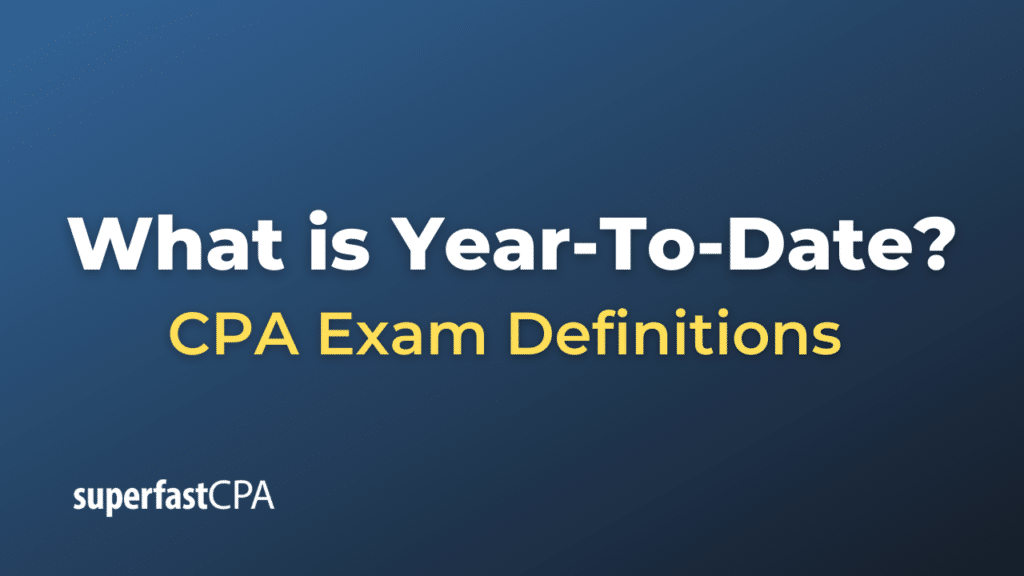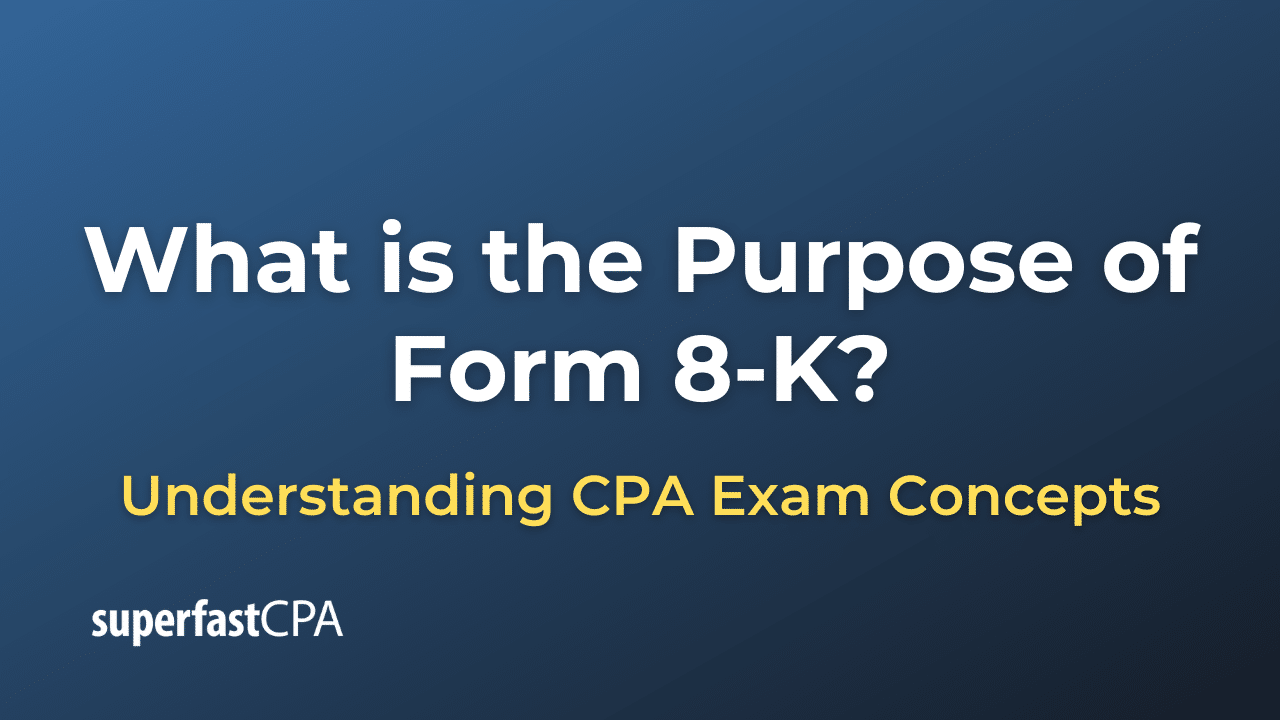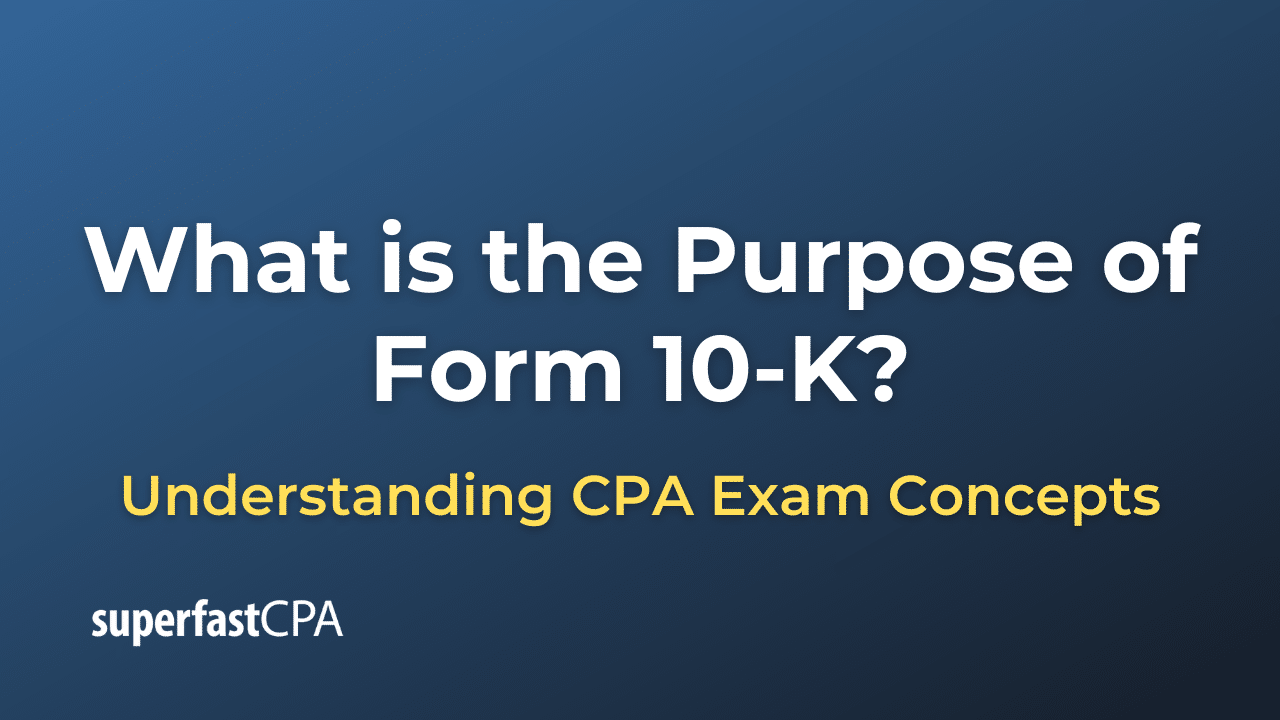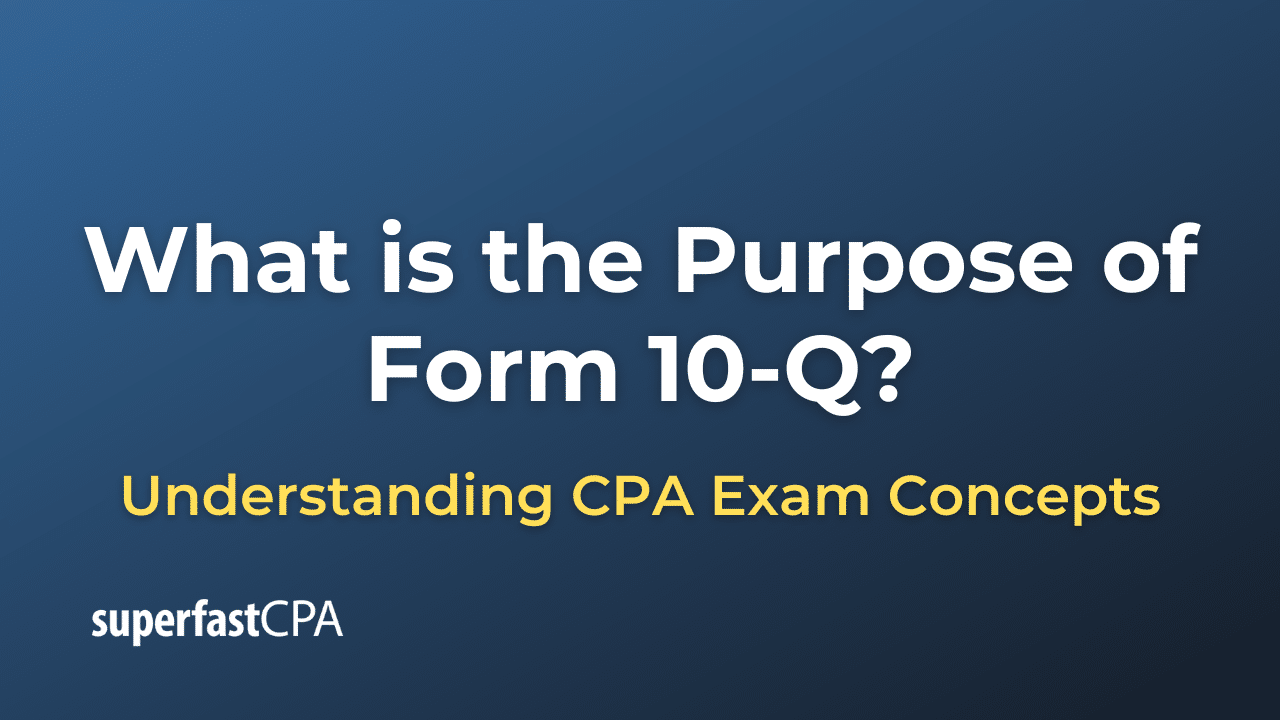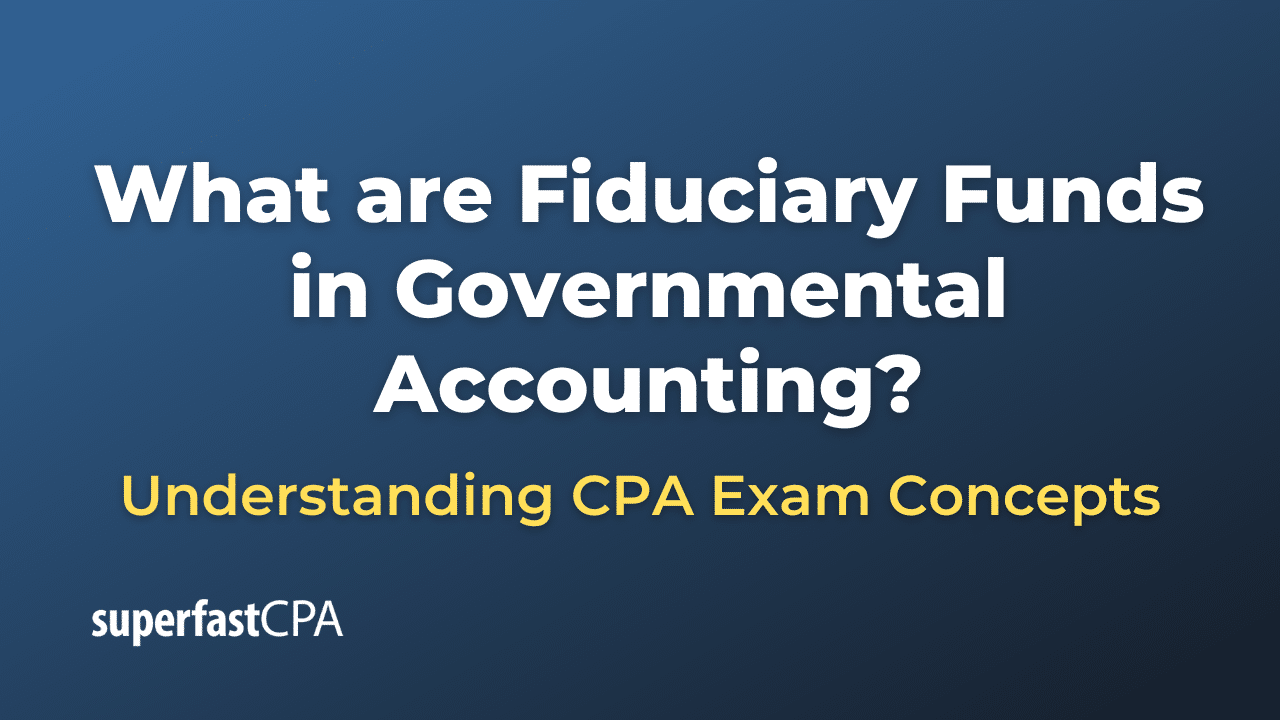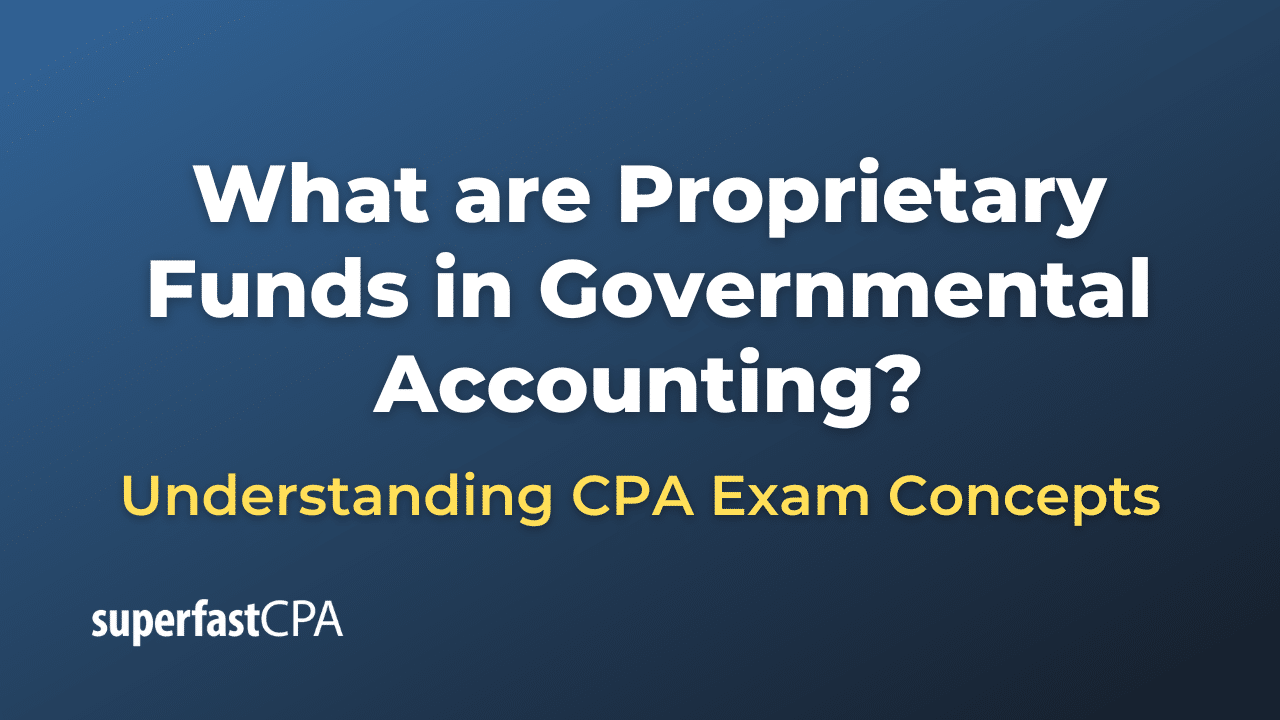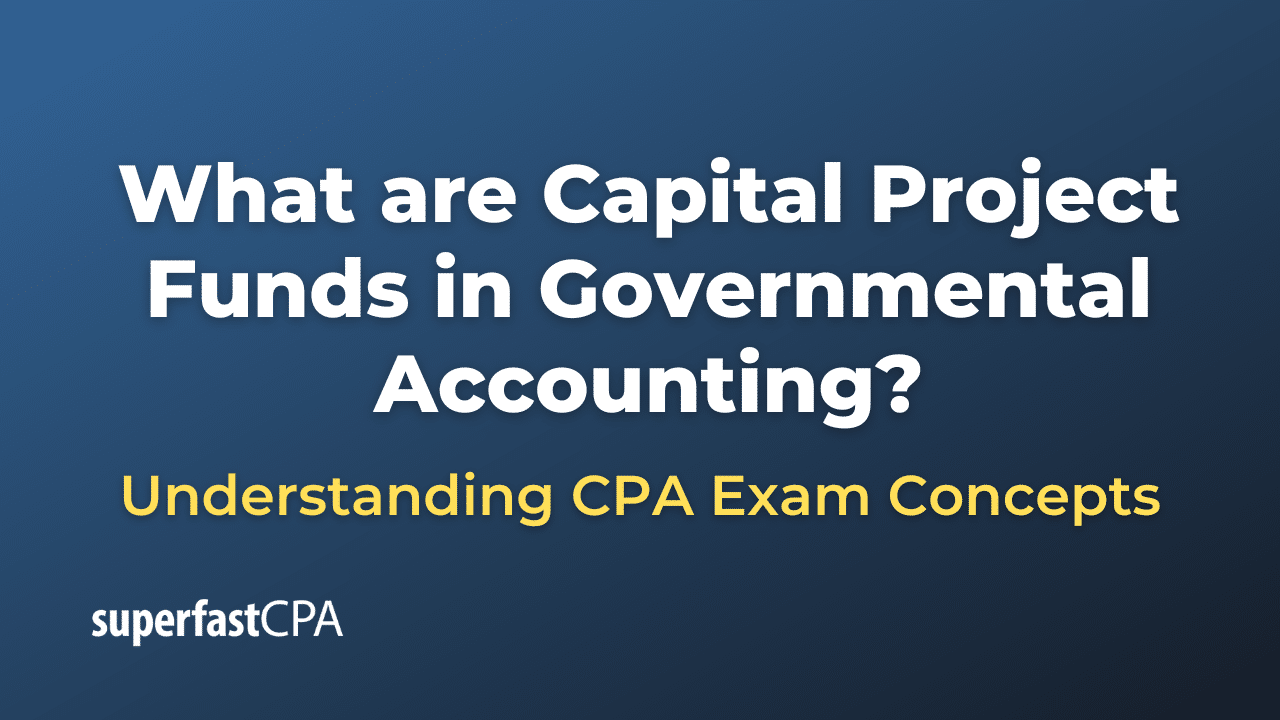Year-To-Date
Year-to-date (YTD) is a period starting from the beginning of the current calendar year or fiscal year up to the current date. YTD measurements are commonly used in finance and accounting to compare the performance of a business, investment, or financial metric over the specified time period. The YTD period starts anew at the beginning of each year.
For example, if today’s date is September 13, 2023, then the YTD period would run from January 1, 2023, to September 13, 2023. All transactions or activities that occurred during this period would be included in a YTD calculation.
How YTD is Used
Here are some common applications of YTD in various contexts:
- Financial Statements: Companies often present YTD figures in their financial statements to offer a more extended view of performance, alongside quarterly or monthly figures. It helps stakeholders like investors, analysts, and management to gauge the overall performance of the company during the year up to that point.
- Budgeting and Forecasting: In management accounting, YTD figures are frequently used for internal reviews of financial performance against budgets or forecasts. It enables companies to assess whether they are on track to meet their financial goals.
- Investing: In the context of investment returns, YTD refers to the rate of return from the beginning of the current year to the present date. This provides an easily understandable metric to evaluate the performance of an investment or compare different investments over the same period.
- Employee Earnings: On a pay stub, you may see a YTD gross income figure, which shows the total amount an employee has earned from the beginning of the fiscal year up to the current pay period.
- Expense Tracking: Businesses often track expenses like travel, supplies, or employee benefits on a YTD basis to monitor costs and ensure they are within budget.
Example of Year-To-Date
Let’s consider an example involving a small business—let’s call it “Cafe Cozy”—to demonstrate the concept of Year-To-Date (YTD) in accounting and performance assessment. Assume today’s date is September 13, 2023, and the business follows a calendar year for accounting (January 1 to December 31).
Cafe Cozy sells coffee, tea, and snacks. The owner, Alice, wants to review the business’s performance so far this year, especially focusing on revenue, expenses, and net income.
Year-To-Date Figures
Alice gathers the following information for the period from January 1, 2023, to September 13, 2023:
- Total Revenue (YTD): $180,000
- Total Expenses (YTD): $100,000
- Net Income (YTD): $80,000 (Total Revenue – Total Expenses)
Key Points
- Performance Analysis: Alice can use these YTD figures to gauge how the business is performing so far this year. She notices that the net income of $80,000 over approximately 8.5 months indicates strong profitability.
- Budget Comparison: Alice had set a target net income of $100,000 for the full year. The YTD figures show her that she’s already achieved 80% of her target in just 8.5 months. This insight will help her adjust her goals or strategies for the remaining months of the year.
- Cash Flow Monitoring: The YTD figures can also be useful in assessing the company’s cash position and planning for any financial requirements for the remainder of the year.
- Investor and Stakeholder Reporting: YTD figures are also useful for external reporting. If Alice were to seek additional investment, these figures would likely be part of the information that potential investors would want to see.
- Employee Bonuses: If Alice has a bonus structure tied to the company’s performance, the YTD figures could be instrumental in determining how much to set aside for employee bonuses.
YTD in Employee Pay Stub
In a slightly different context, Alice also reviews her own pay stub and sees a “YTD Earnings” line, showing that she has earned $30,000 from the business so far this year (from January 1 to September 13, 2023). This YTD figure on her pay stub helps her keep track of her personal earnings and plan for tax obligations.
By examining Year-To-Date figures, Alice gains valuable insights into various aspects of her business, allowing her to make more informed decisions for the remainder of the year.

